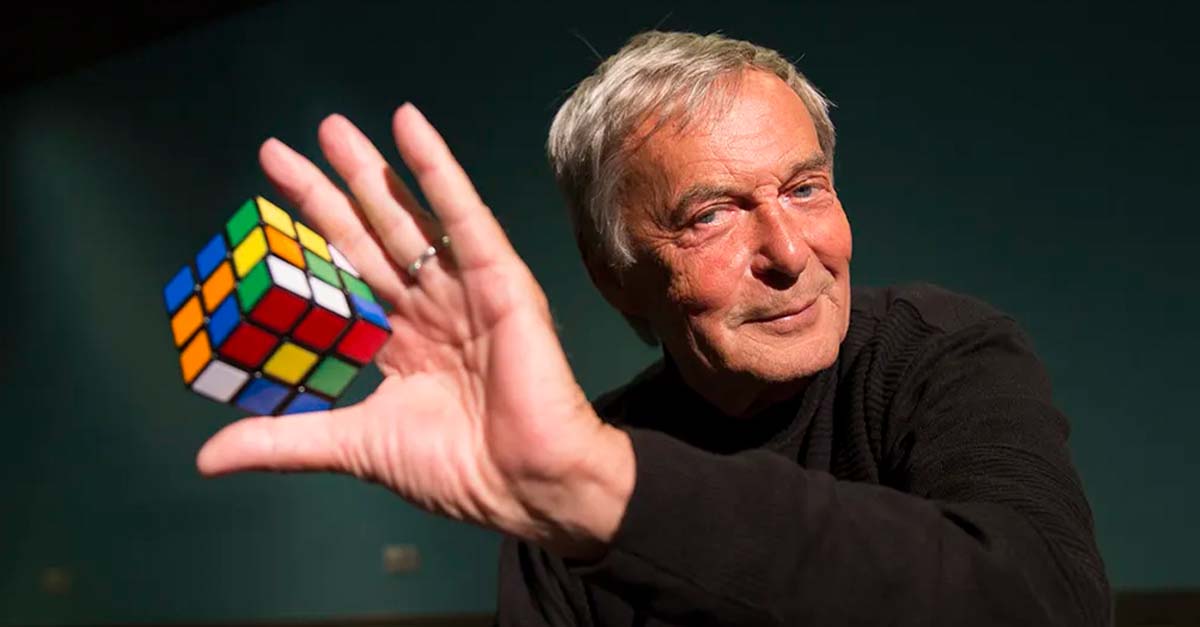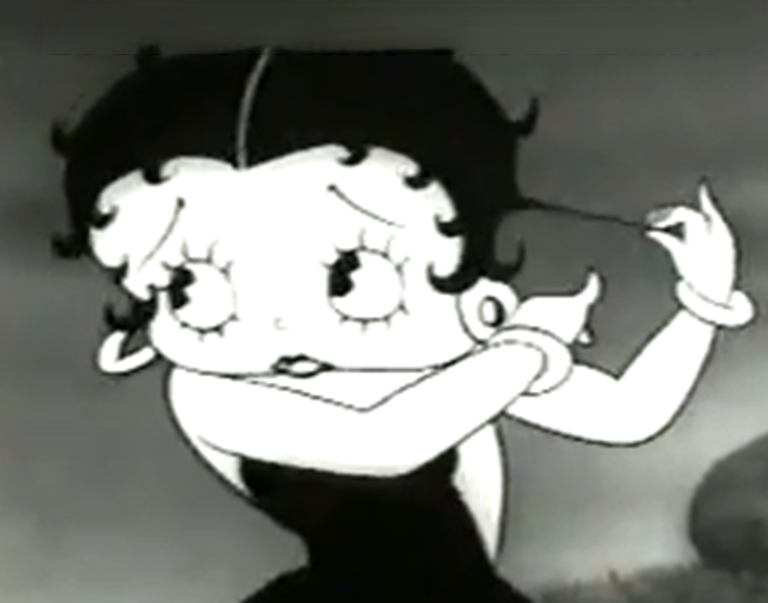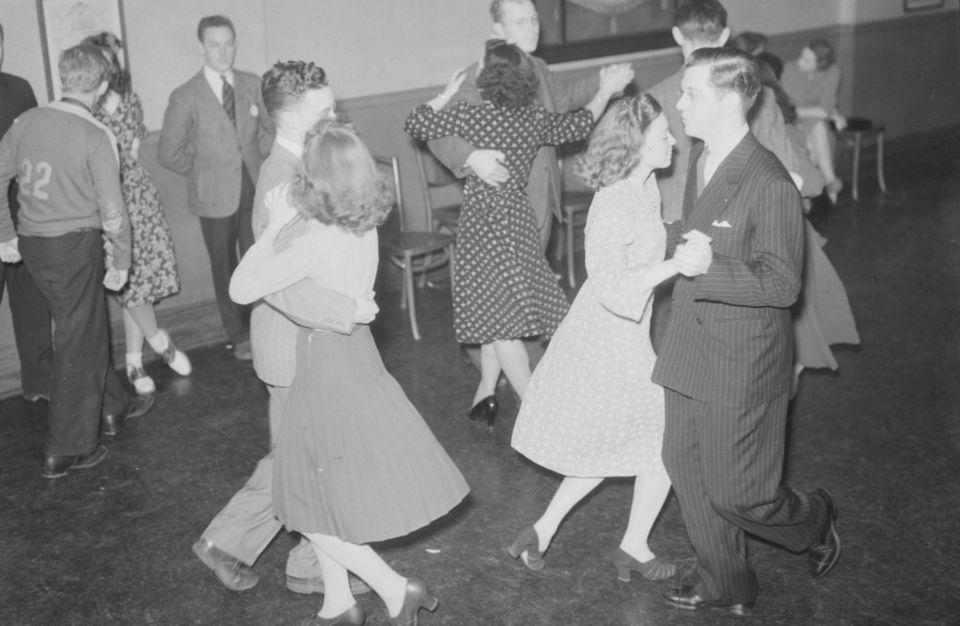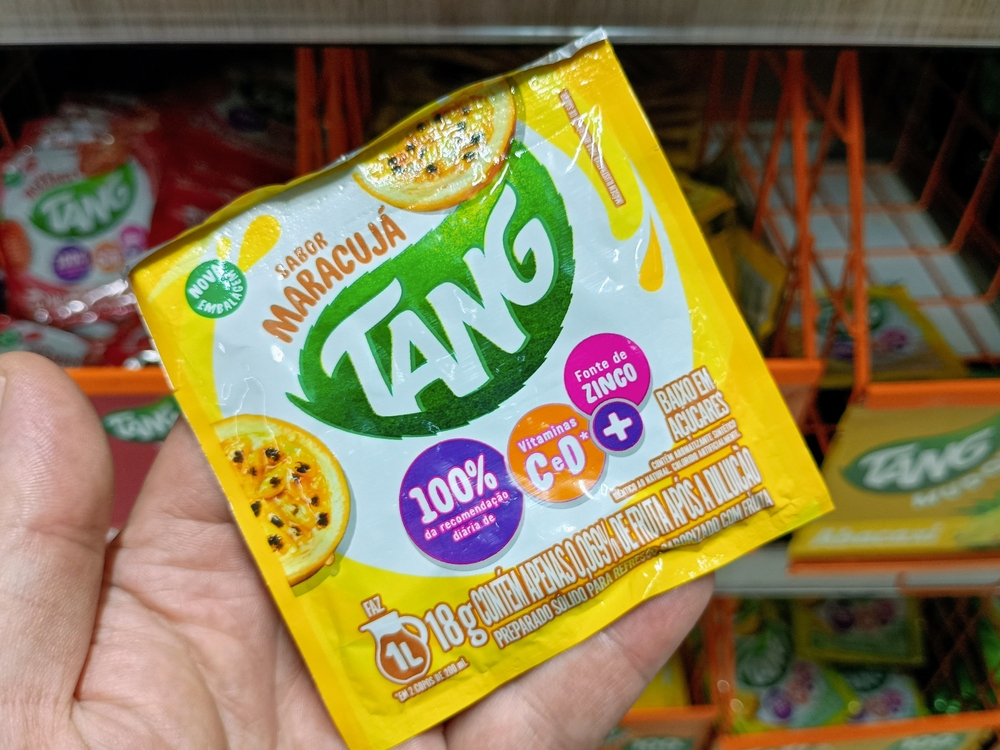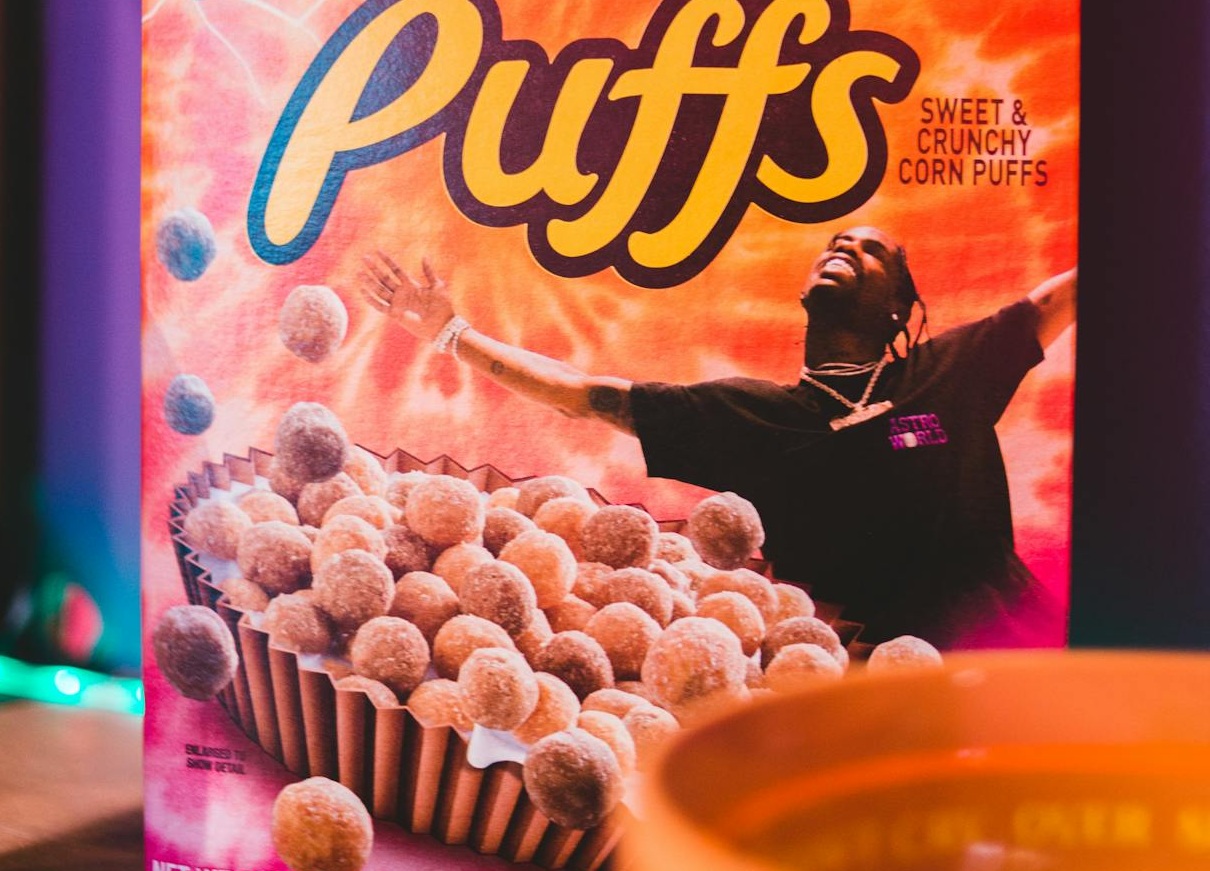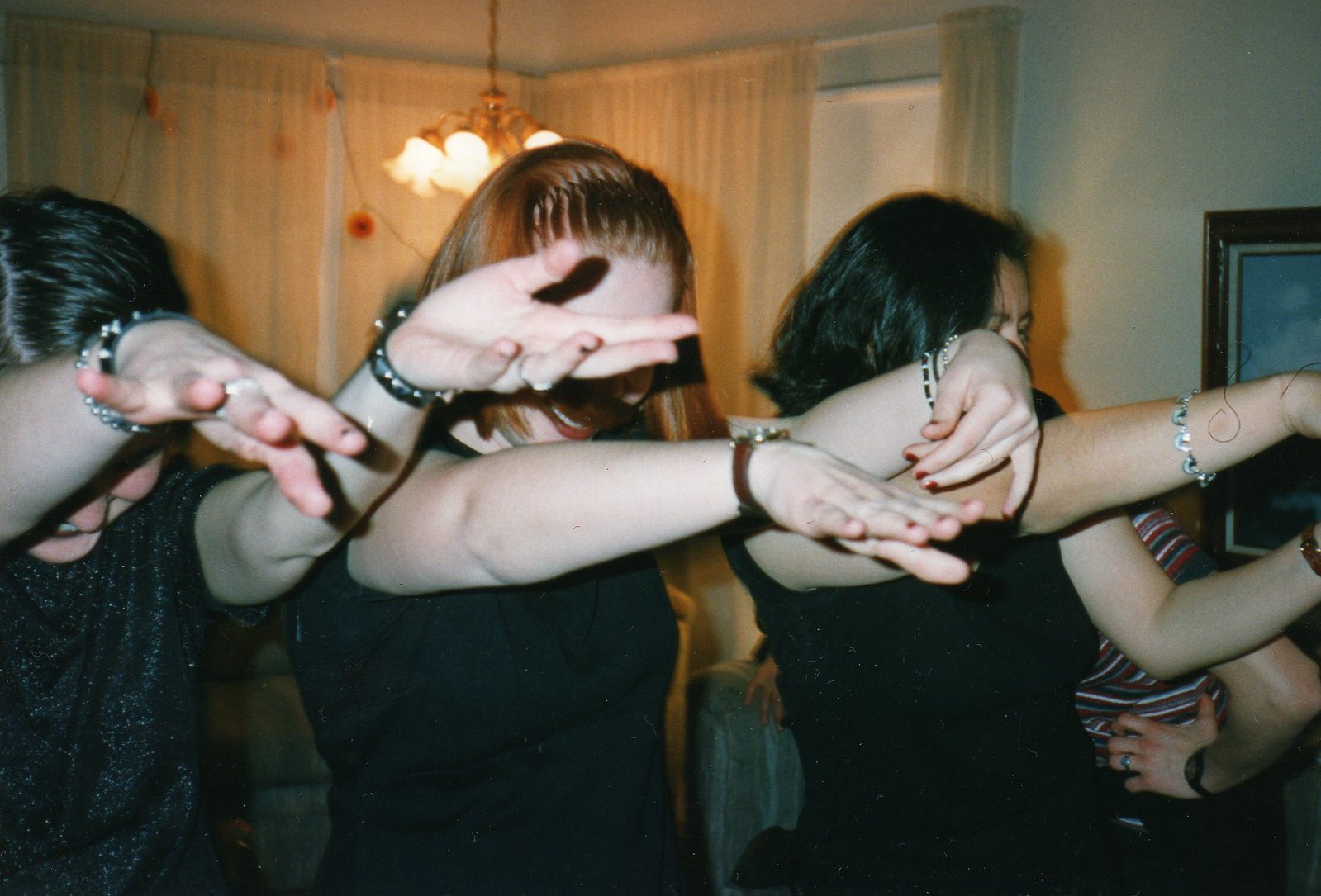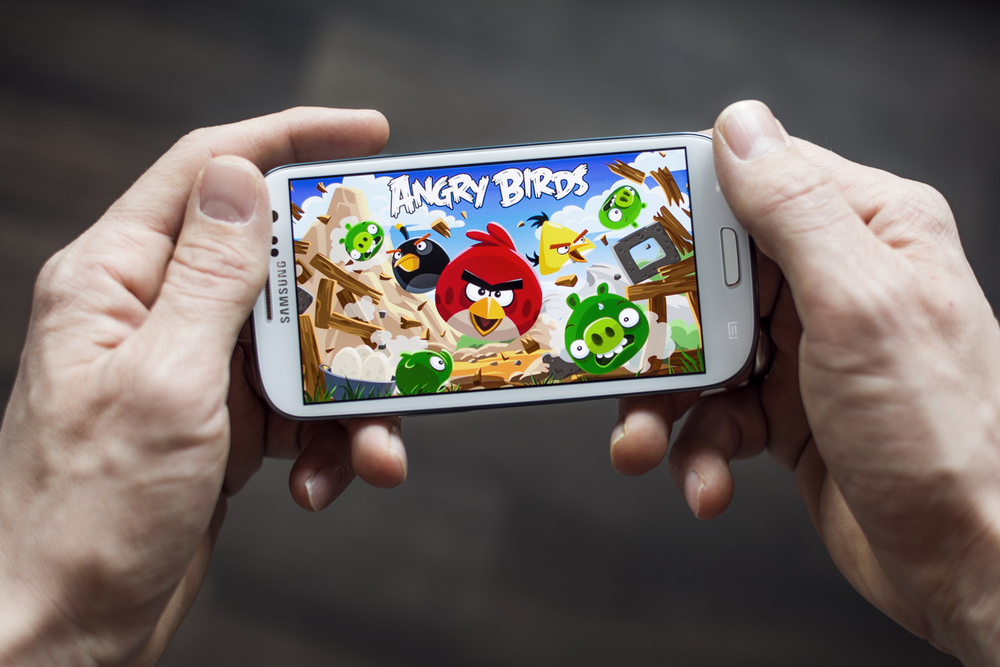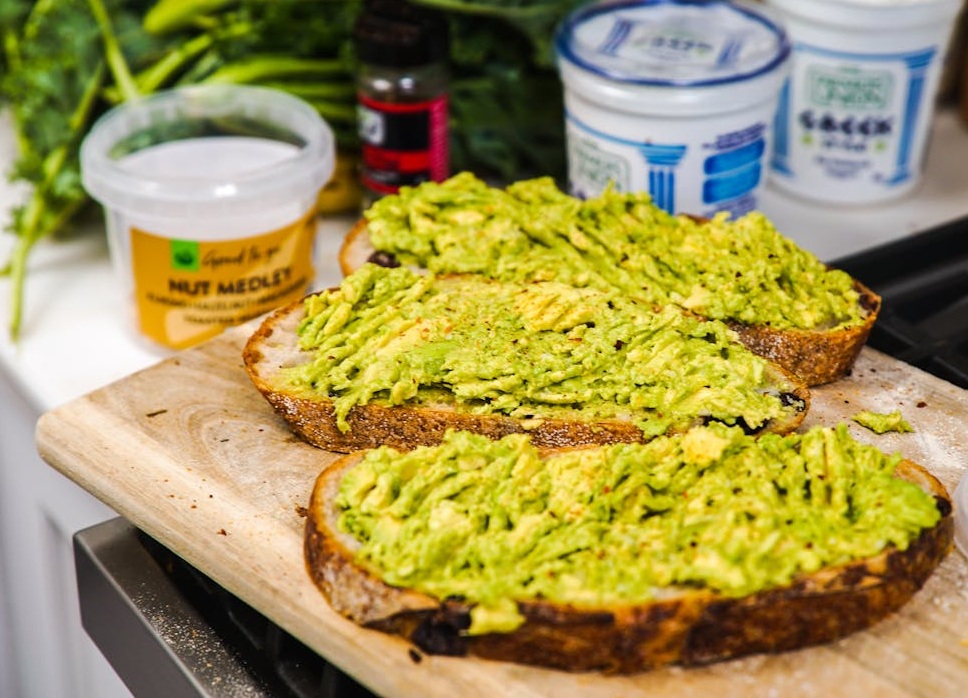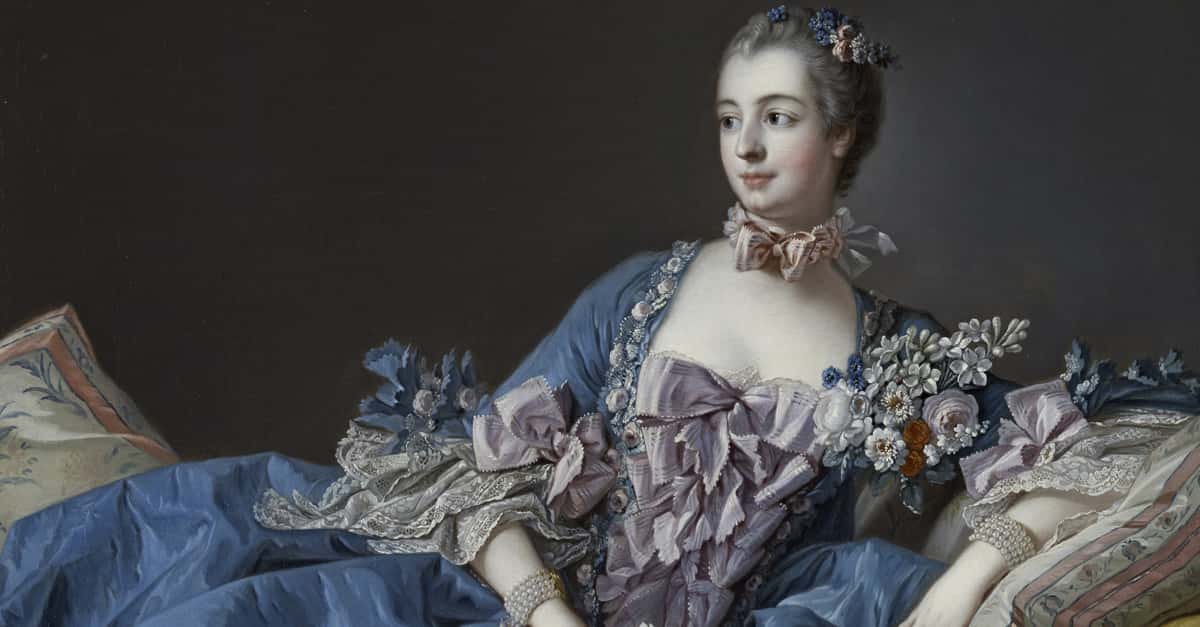They Come And Leave Even Fad-ster
While trends reflect the trajectory of where society is headed, fads are the ultimate hot-appeal, must-have item or preoccupation. Because fads fade, a new craze must constantly enter the lexicon of relevance—so buckle up for a rollercoaster ride through the fads of the past century!

Fruit Cocktails (1920s)
According to Sylvia Lovegren’s book Fashionable Foods: Seven Decades of Food Fads, after Prohibition began on January 17, 1920, many Americans redefined the standards of a cocktail. The solution? More fruit and more sugar to hit that sweet spot. These drinks became a colorful mashup of fresh fruit, often elevated with marshmallows or powdered sugar. Yum.
Flappers (1920s)
Flapper dresses symbolized independence for women who had only recently gained the right to vote and had supported the workforce during WWI. Though these iconic speakeasy dresses were viewed negatively by older generations at the time, modern history offers a different interpretation of the Roaring Twenties—one that reflects power, fierceness, and the burgeoning role of women in politics and society.
The Duncan Yo-Yo (1929)
The yo-yo became an American fixture after a Filipino immigrant began manufacturing the toy in 1928. Donald Duncan later bought the company, made modifications to the string mechanism, and went on to sell millions. Although Duncan is often credited with inventing the yo-yo, this is not accurate. The toy was depicted on a Greek vase in the fifth century BC and was also popular in England and France during the 18th and 19th centuries.
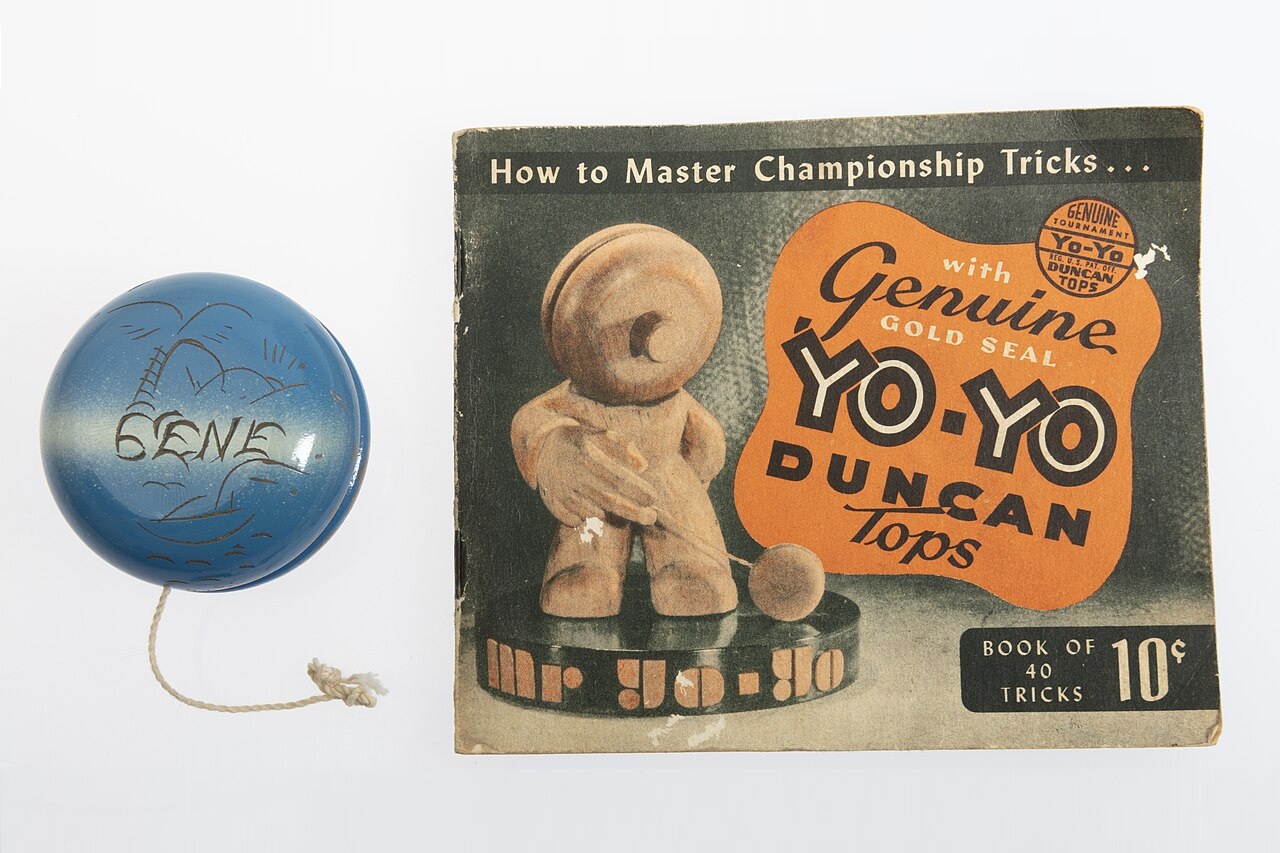 Missouri Historical Society, Wikimedia Commons
Missouri Historical Society, Wikimedia Commons
Betty Boop (1930)
Betty Boop was an animated character who starred in the cartoon short Dizzy Dishes and became a symbol of flapper and jazz culture. Created by Max and Dave Fleischer, Betty Boop had a trademark look featuring hoop earrings, a short black dress, and dark curls. Her style evolved over the decades to reflect the culture of the times.
Dance Marathons (1930s)
During the Great Depression, an interesting concept known as “hop until you drop” took over ballrooms and community halls, where participants paid a few dollars to compete in the ultimate dance marathon. Not only was a cash prize awarded to the last person standing, but participants were also fed and sheltered during a time of heightened economic and food insecurity.
Shirley Temple Doll (1934)
Beloved for her singing and dancing, Shirley Temple was a child actress who soared to the top of the box office in the 1930s. Dolls created in her image generated millions of dollars in sales, accounting for nearly a third of all dolls sold during that time.
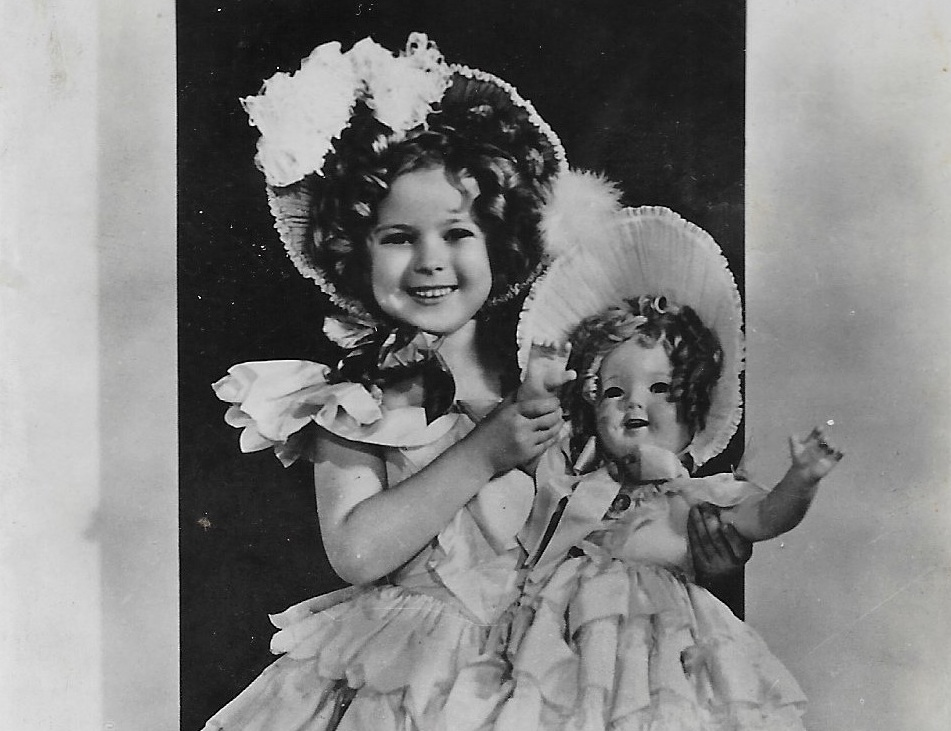 Inconnu, vers 1933, CC BY-SA 4.0, Wikimedia Commons
Inconnu, vers 1933, CC BY-SA 4.0, Wikimedia Commons
Tomato Soup Spice Cake (1940s)
Looking for an unusual dessert? Campbell's Tomato Soup was used in various cake recipes throughout the 1940s. The original recipe, found in an undated cookbook from the late 1920s, inspired a spiced pudding-style dessert, and a cake version appeared in The New York Times in 1949. A modern version of the cake is still tested in Campbell's kitchens today.
 Joe Haupt, CC BY-SA 2.0, Wikimedia Commons
Joe Haupt, CC BY-SA 2.0, Wikimedia Commons
The Slinky (1945)
The Slinky was invented in 1943 by naval mechanical engineer Richard T James, who was inspired after watching a spring 'walk' when it fell from a shelf. Initially difficult to sell, it became a sensation following a demonstration at Gimbels department store in Philadelphia, eventually selling more than 300 million units over its first 60 years.
 Roger McLassus, CC BY-SA 3.0, Wikimedia Commons
Roger McLassus, CC BY-SA 3.0, Wikimedia Commons

History's most fascinating stories and darkest secrets, delivered to your inbox daily.
Tang (1950)
William A Mitchell, a food scientist at General Foods, created the powdered orange drink mix, but initially struggled to market it. Tang didn’t gain widespread popularity until its association with NASA, which helped catapult the beverage flavoring into a household name after it was used to flavor fluids for astronauts.
Hula Hoop (1958)
While the concept of spinning hoops around the waist dates back at least 2,500 years, the hula hoop fad began in 1958 thanks to California-based toy company Wham-O. Originally marketed as an exercise tool for the midsection, the hula hoop sold an estimated 25 million units in its first four months. Wham-O must have been over the moon—they were also known for another wildly popular product: the Frisbee.
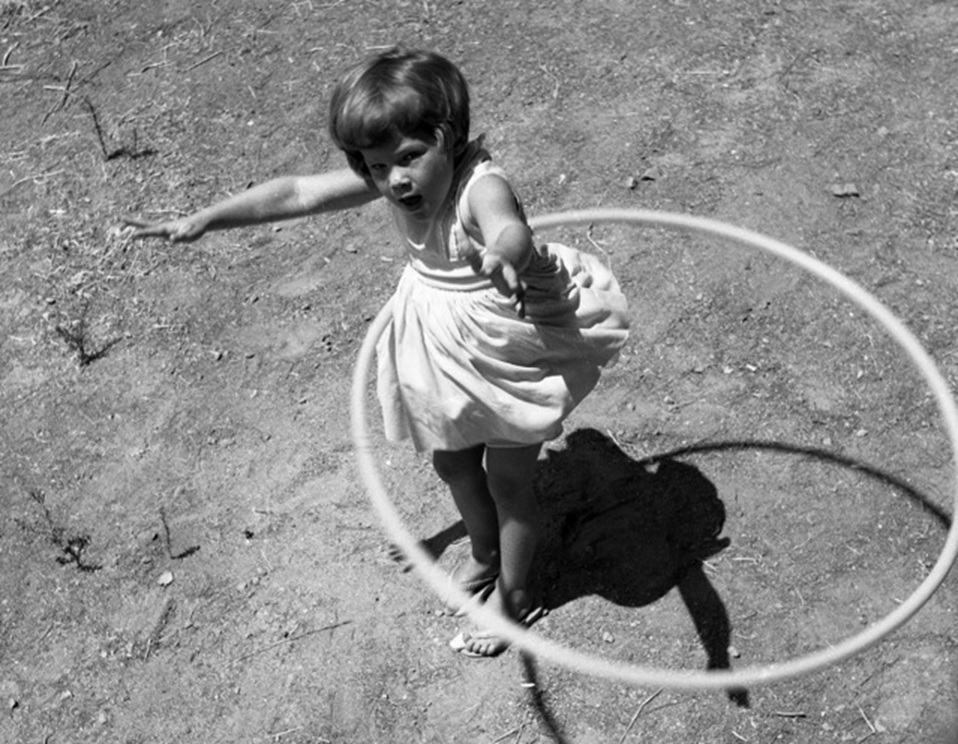 BeenAroundAWhile, CC BY-SA 3.0, Wikimedia Commons
BeenAroundAWhile, CC BY-SA 3.0, Wikimedia Commons
“The Twist” (1960)
If you were alive during the 1960s, you may have noticed people gyrating their hips on TV to a song called “The Twist”. Dances like the Funky Chicken, the Mashed Potato, and the Swim were all inspired by “The Twist”, originally recorded by R&B trailblazer Hank Ballard and re-recorded two years later by Chubby Checker, who propelled the song’s dance craze to critical mass. To do the Twist dance, dancers rotated their hips with their front toe planted and their arms extended outward.
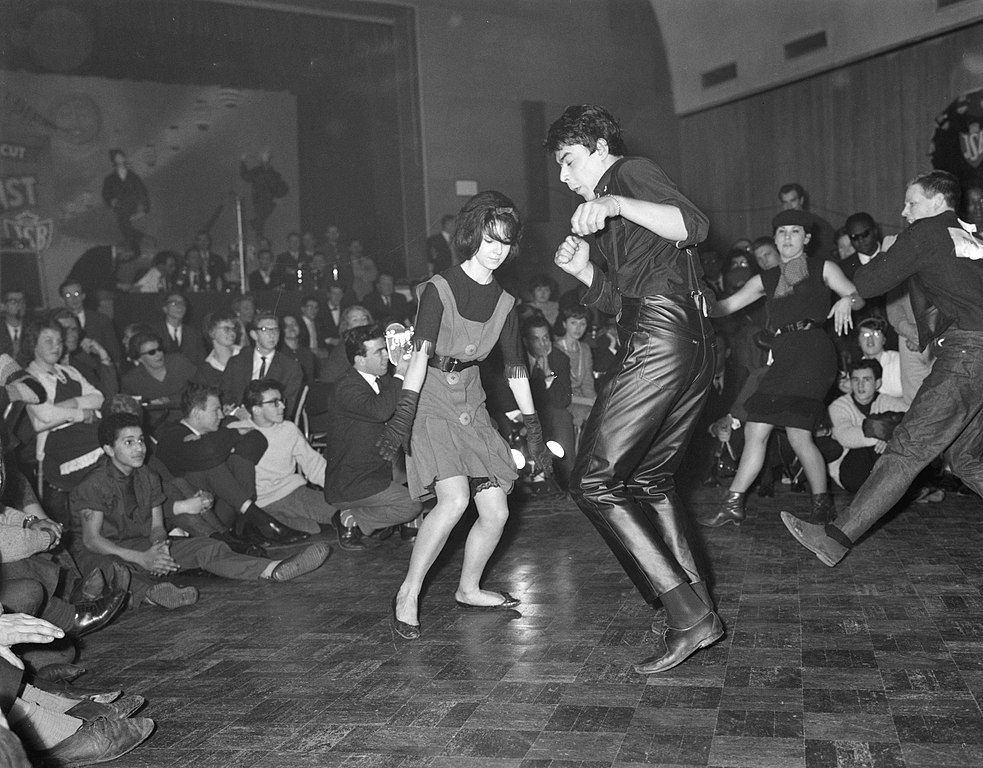 Wim van Rossem for Anefo, Wikimedia Commons
Wim van Rossem for Anefo, Wikimedia Commons
Fondues (1970s)
Fondues dominated the 1970s with their creamy, sticky cascades of melted cheese and the social gatherings that revolved around the fondue pot. It was quite the spectacle as guests used long forks or prongs to dip pieces of bread into the cheese. And of course, no gathering was complete without a chocolate fondue counterpart for dipping fruit and cake.
 Juliano Mendes, CC BY 2.0, Wikimedia Commons
Juliano Mendes, CC BY 2.0, Wikimedia Commons
Mopeds (1970s)
Mopeds existed before the 1970s but gained popularity due to manufacturing changes that complied with driving laws, allowing teens over 16 to ride them. If you were a young adult during the 1970s, you might remember classic moped models like the Suzuki AP50 and Honda SS50.
 Ss50scott, CC BY-SA 3.0, Wikimedia Commons
Ss50scott, CC BY-SA 3.0, Wikimedia Commons
Sugary Celebrity Cereal (1980s)
Cereal box marketing became synonymous with celebrity culture and television media, especially during the 1980s. Cartoon, movie, and TV show characters routinely appeared on cereal boxes, much to the delight of children at the breakfast table. Popular figures like Mr T and the Smurfs graced box covers, with Mr T’s iconic catchphrase, “I pity the fool,” featured in commercial branding to attract customers both young and old.
Jazzercise (1984)
If you’re rummaging through a garage sale or browsing on eBay, you may come across an old VHS tape called Jazzercise. These aerobic workouts were all the rage in the 1980s, and when paired with bright neon leotards and upbeat dance music, they offered a fun, action-packed fitness experience. After the workout was featured at the 1984 Olympic Games in Los Angeles, VHS tapes flew off the shelves as people clamored to stay fit at home.
Hacky Sack (1980s)
The hacky sack is widely recognized as an iconic symbol of counterculture, with players using various body parts to keep a small bean bag airborne. Although similar activities date back to ancient China, Japan, and Native American cultures, the modern hacky sack was created in 1972 by John Stalberger and Mike Marshall in Oregon. It gained widespread popularity throughout the following decade.
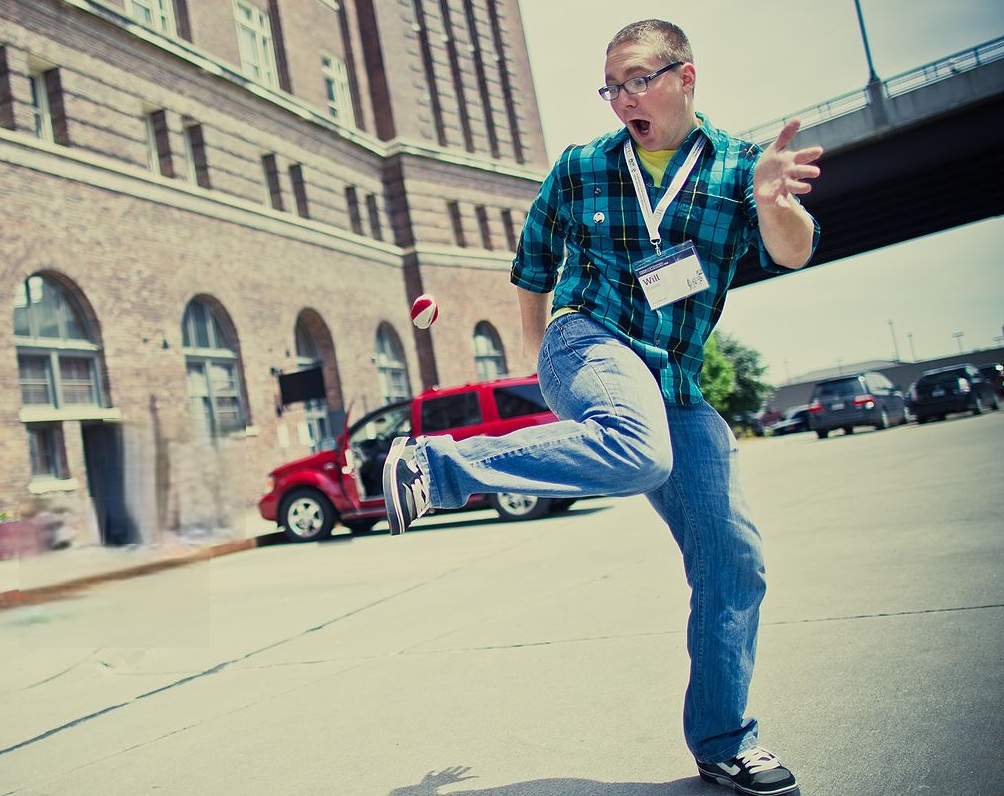 Silicon Prairie News, CC BY 2.0, Wikimedia Commons
Silicon Prairie News, CC BY 2.0, Wikimedia Commons
Sweating To The Oldies (1988)
The 1980s were marked by an obsession with aerobic exercise, and the quintessential workout video of the late 80s was Sweatin’ to the Oldies, featuring Richard Simmons leading routines to classic pop hits. Simmons championed aerobic fitness with unwavering enthusiasm, and his infectious energy helped thousands shed excess weight. His video series reportedly sold over 20 million copies.
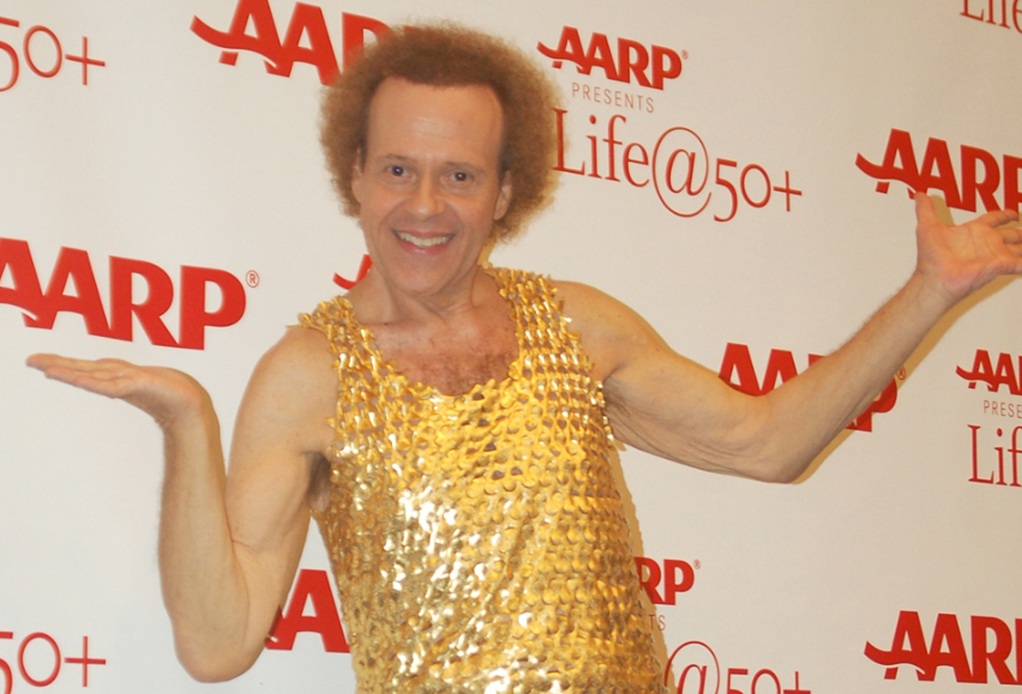 Angela George, CC BY-SA 3.0, Wikimedia Commons
Angela George, CC BY-SA 3.0, Wikimedia Commons
Rubik’s Cube (1980s)
Earning its place as one of the most popular puzzles in history, solving the Rubik’s Cube became a cultural phenomenon. Originally called the Magic Cube, creator Ernő Rubik designed a mind-bending puzzle so captivating that it flew off shelves, with consumers clamoring to align all nine squares of each side by color.
Game Boy (1989)
The Nintendo era was elevated by a new handheld version of the classic console—now battery-operated and portable. First capturing the Japanese market in 1989 before launching in North America, the Game Boy sold 35 million units, with Tetris and Super Mario Land as its shining stars.
Juicing (1990s)
The 1990s were marked by numerous fad diets like the Atkins Diet and Jenny Craig, but the juicing craze has made frequent comebacks over the decades. Simply put, juicing fruits and vegetables and drinking the extract is said to promote weight loss and detoxification. Pre-made juices are widely available, but if you choose to make them at home, a high-end juicer is often required. While some studies question the health benefits of juicing, many still support it as a pathway to a healthier lifestyle.
The Macarena (1996)
The Macarena mania of 1996 was more than just a hit song—it was a dance routine everyone had memorized. Performed by the Spanish flamenco-pop duo Los Del Río, “The Macarena” spent 14 weeks at the top of the American charts, and both the song and dance were inescapable at the time. Fun fact: The song was named after the daughter of one of the group members, and coincidentally, Macarena is also one of the 11 city quarters in Seville—the duo's hometown.
Fanny Pack (1990s)
Although fanny packs never truly disappeared—and even saw a resurgence in 2018—they were the epitome of 1980s and 90s fashion. Everyone wore a fanny pack, and its easy, waist-worn design made it a universal go-to for convenient access to personal items. Interestingly, its prehistoric roots trace back to a 5,000-year-old frozen body discovered with a waist bag of similar function.
Troll Dolls (1990s)
Originally popularized in 1965 in Denmark, Troll dolls became a toy box essential for every child growing up in the 1990s. They made a strong comeback during that decade, characterized by their colorful hair and gem-studded bellies. Trolls came in both large and miniature sizes, and their continued relevance is evident in the Trolls animated films released in 2016 and 2020.
Livestrong Bracelets (2000s)
Long before Lance Armstrong's reputation was shattered by scandal, he inspired millions by overcoming cancer and dedicating himself to helping others face the disease. His simple yellow Livestrong bracelets, sold for just a dollar each, became a cultural phenomenon, raising millions and providing hope and support to cancer patients far beyond the cycling world.
 KaCey97078, CC BY 2.0, Wikimedia Commons
KaCey97078, CC BY 2.0, Wikimedia Commons
iPod Nano (2005)
In 2005, portable music was evolving beyond the Discman and into the era of the MP3 player. With the launch of the iPod Nano, both athletes and non-athletes recognized the advantages of this device—smaller than a Walkman, yet incredibly powerful. Although now discontinued, the iPod Nano was eventually surpassed by the iPhone's all-in-one smartphone capabilities, which integrated music, apps, and connectivity into a single device.
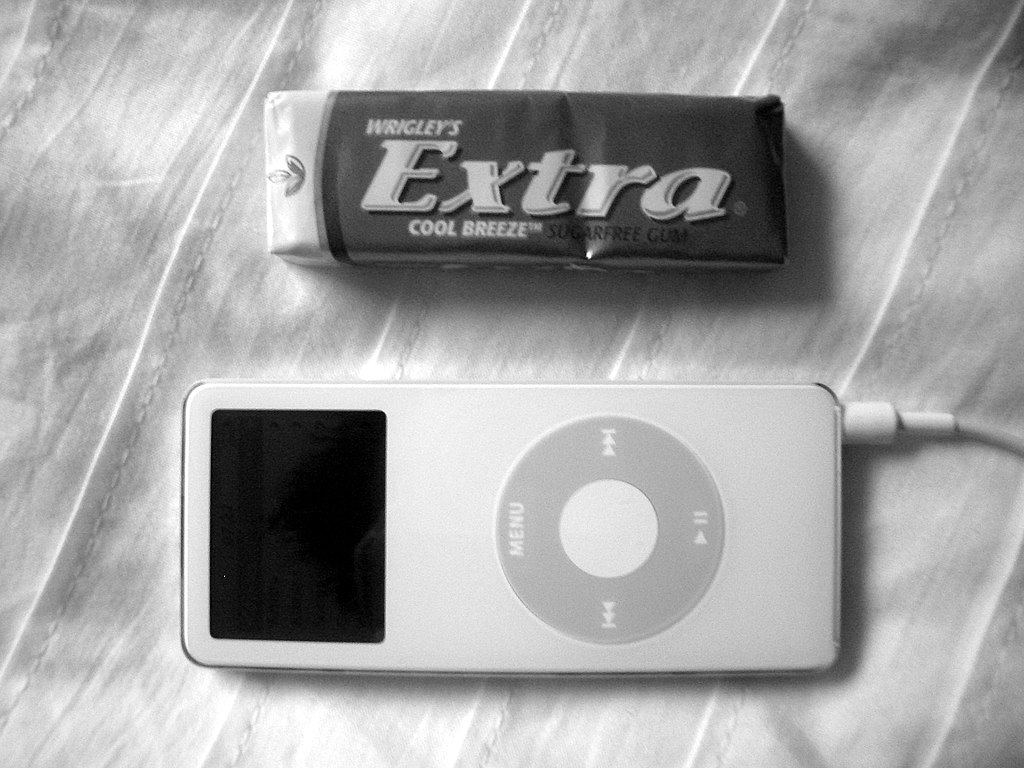 Dan Taylor-Watt, CC BY 2.0, Wikimedia Commons
Dan Taylor-Watt, CC BY 2.0, Wikimedia Commons
MySpace (2005-2008)
Everyone was friends with Tom. Forced friendship aside, his friendly welcome message when you created an account felt sincere at the time. MySpace, the precursor to Facebook, was all the rage for its ability to share photos, music, chat with friends, and join chat rooms. Myspace—with a lowercase “s”—still exists today, but it's small potatoes on the social media circuit.
Wii Fit (2008)
When the idea of combining video games with fitness emerged, Nintendo jumped on the trend by developing Wii Fit. Used with a balance board alongside the Wii console, players could engage in games designed to build core strength, improve balance, and support strength training.
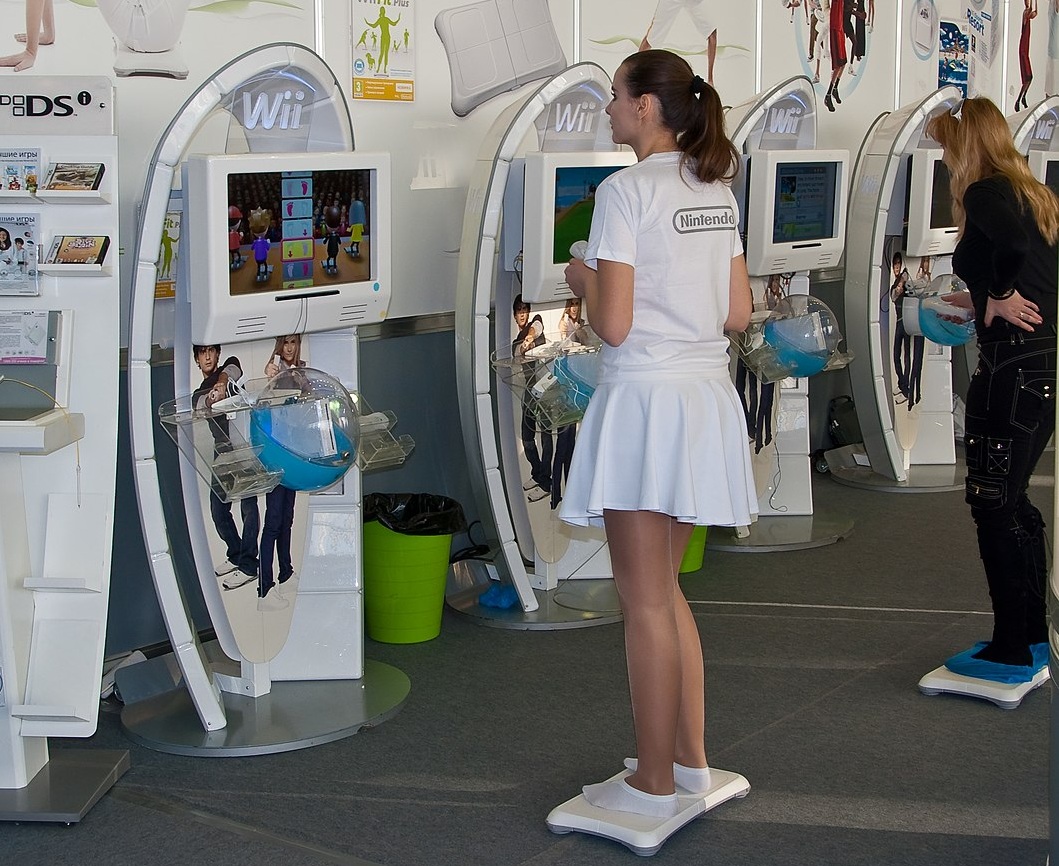 Sergey Galyonkin, CC BY-SA 2.0, Wikimedia Commons
Sergey Galyonkin, CC BY-SA 2.0, Wikimedia Commons
Sugar-Free Diets (2010)
When Gwyneth Paltrow ditched sugar in 2010, she joined a growing club of celebrities—including Kourtney Kardashian, Adele, Kate Hudson, and Alec Baldwin—who've chosen to say goodbye to sweets. But going truly sugar-free isn't as simple as skipping dessert; serious adherents also cut out honey, maple syrup, and even certain fruits like bananas, driven by a belief among some experts that sugar can act like a toxin in the body.
 Iuliia Pilipeichenko, Shutterstock
Iuliia Pilipeichenko, Shutterstock
Angry Birds (2010)
Angry Birds was a wildly popular mobile app game centered around a group of birds trying to protect their eggs. The game quickly went viral and expanded into a successful franchise that included merchandise and two feature films.
Kale (2011)
Kale made its way onto the pop-fad-diet foods list, endorsed by celebrities who swore by the leafy green. This superfood was used in everything from chips for dip to salads and smoothies. Endorsements from figures like Dr Oz and Gwyneth Paltrow helped to spread its popularity.
Gangnam Style (2012)
“Gangnam Style”, a hit song by South Korean artist Psy, became the first YouTube video to reach 1 billion views. The video was a whirlwind of energetic dance moves and eclectic scenes, featuring Psy performing his signature style in a variety of colorful settings. When the video became viral, “Gangnam Style” became a global, household name.
 Eva Rinaldi, CC BY-SA 2.0, Wikimedia Commons
Eva Rinaldi, CC BY-SA 2.0, Wikimedia Commons
The Cronut (2010s)
This tasty dessert originates from French-born, Manhattan-based pastry chef Dominique Ansel. In 2013, Ansel created a donut made with croissant dough, and people couldn’t get enough. A highly copied treat, dessert specialists across America have experimented with cronut variations and developed other mashups, including cruffins (croissant-muffins), bonuts (biscuit-donuts), and the cherpumple (three kinds of pie layered inside three kinds of cake).
 cumi&ciki, CC BY 2.0, Wikimedia Commons
cumi&ciki, CC BY 2.0, Wikimedia Commons
Avocado Toast (2013)
Often called the hipster or millennial diet, avocado toast was invented in Sydney, Australia in 1993 at a restaurant called Bills. When Gwenyth Paltrow included a recipe in her cookbook in 2013, the toast craze lit a fire in restaurants across North America with their variations of avocado toast.
Ice Bucket Challenge (2014)
Social media has always loved quirky challenges, but nothing captured people's hearts—or chilled their bones—quite like the ice bucket challenge. Participants poured buckets of ice water over their heads to spotlight ALS (Lou Gehrig’s disease), challenging friends, celebrities, and even politicians to join in or donate, ultimately raising an astonishing $115 million for ALS research.
 Anthony Quintano, CC BY 2.0, Wikimedia Commons
Anthony Quintano, CC BY 2.0, Wikimedia Commons
Man Buns (2015)
If you peer into the vast Terracotta army statues from the 3rd century BC in China, you may notice that some of the warriors have man buns. This controversial fad of slicked up buns on men was worn by models and celebrities alike. While this hairstyle may be ridiculed as hipster, one cannot deny that the man buns' ancient roots made a fierce comeback in 2015.
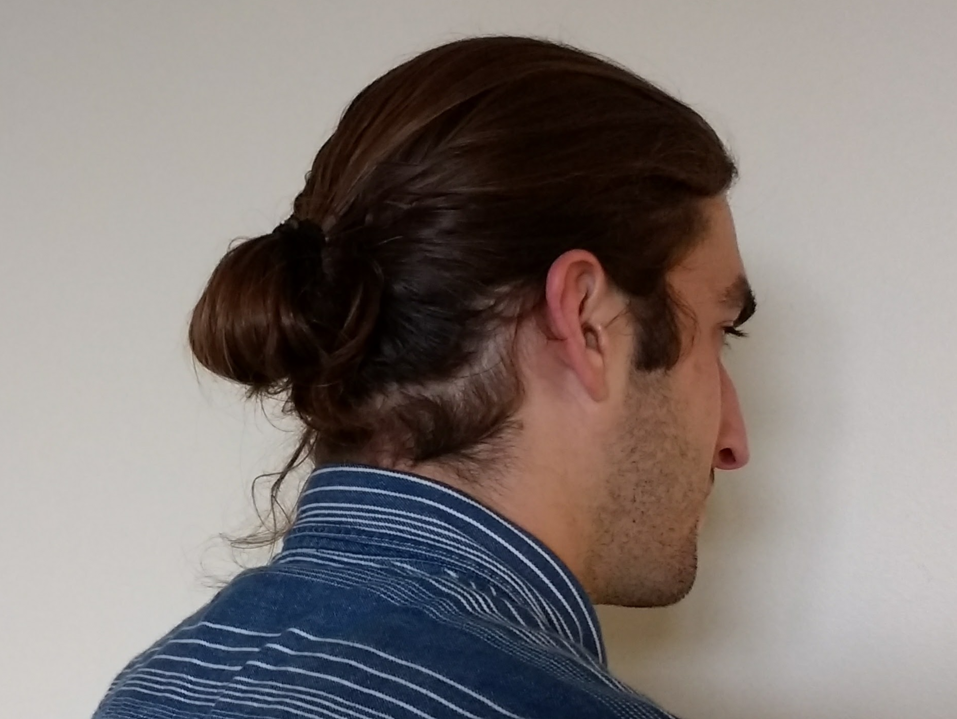 Whoisjohngalt, CC BY-SA 4.0, Wikimedia Commons
Whoisjohngalt, CC BY-SA 4.0, Wikimedia Commons
Apple Cider Vinegar (2017)
A cure-all in a bottle, you say. Apple cider Vinegar, or ACV, as it’s colloquially referred to, flexed its health benefits when people were jumping on the DIY train to health. From cleaner teeth to even cleaner hair, a daily drink of ACV has purported weight loss benefits and helps those with diabetes. Without much scientific testing, it’s difficult to verify all these claims.
 Mike Mozart, CC BY 2.0, Wikimedia Commons
Mike Mozart, CC BY 2.0, Wikimedia Commons
Fidget Spinners (2017)
Fidget spinners, originally promoted as helpful gadgets for people dealing with autism, ADHD, and anxiety—despite lacking scientific evidence—quickly became a nationwide obsession with their hypnotic spinning action. However, their popularity had a downside: teachers often found themselves confiscating the toys, which had become more distraction than an aid in classrooms.
Souping (2018)
Souping is like juicing's warmer cousin, relying on blended veggies and flavorful broths to keep you full while cutting calories. As soup-based diets gain popularity, they're considered a healthier alternative to juice cleanses, offering more dietary fiber and better overall nutrition.
Tamagotchi (1997)
Children were obsessed with the pocket-sized digital toy known as the Tamagotchi. Created in Japan by executive Akihiro Yokoi, these egg-shaped devices encouraged children to develop caregiving skills by feeding, changing, and soothing a pet-like character. Demand for the Tamagotchi was so high that stores couldn’t keep them on shelves—they sold out almost as quickly as they were stocked.
They also gave rise to a new phenomenon: the Tamagotchi effect. This referred to the intense emotional attachment that people formed with their virtual pets, which often turned into an obsession as they sought to keep the Tamagotchi alive for as long as possible.
You May Also Like:
Bizarre Fads: Pineapples As Royal Status Symbols
The Dumbest Viral Trends And Challenges In History
 Museum Rotterdam, CC BY-SA 3.0, Wikimedia Commons
Museum Rotterdam, CC BY-SA 3.0, Wikimedia Commons
Source: 1

